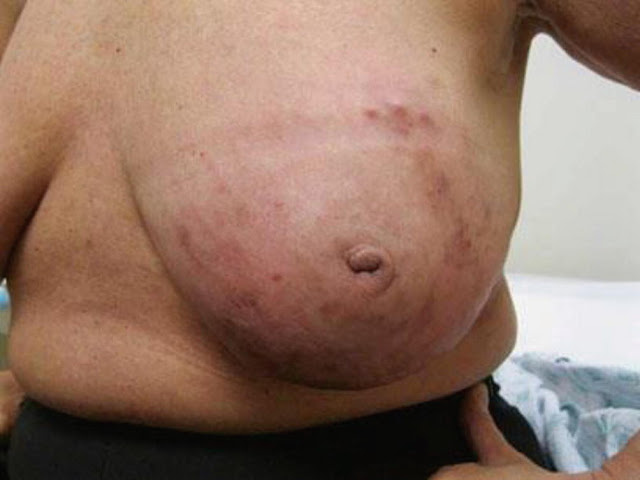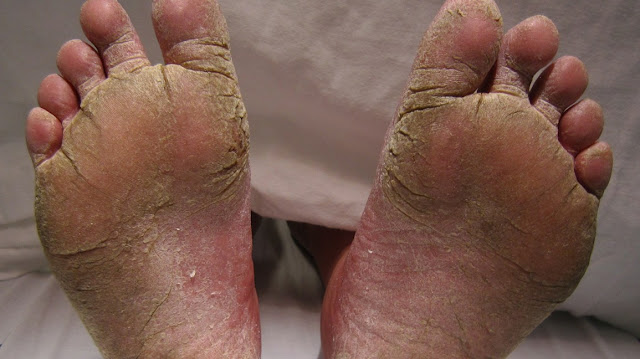Breast Cancer
Breast cancer is a type of cancer that begins in the breast. You can start with one or both breasts.
Cancer begins when cells begin to grow out of control.

It`s important to understand that most breast lumps are benign and not cancer (malignant). Noncancer breast tumors are abnormal growths, but they do not spread outside of the breast.
They are not life threatening, but some types of benign breast lumps can increase a woman`s risk of getting breast cancer. Any breast lump or change needs to be checked by a health care professional to find out if it is benign or malignant (cancer) and if it might affect your future cancer risk.
Breast cancer can occur in different parts of the breast. The chest is the organ above the upper ribs and pectoral muscles. It has a left breast and a right breast, each with glands, ducts, and adipose tissue.
For women, the breast produces and supplies milk to nourish newborns and babies. The amount of adipose tissue in the breast determines the size of each breast. There are various parts of the chest.
The leaflets are the glands that produce breast milk. Cancer that begins here is called lobular cancer. Ducts are small ducts that carry milk out of the leaflets and to the nipples. This is the most common place where breast cancer begins.
The cancer that begins here is called ductal cancer. The nipple is the opening in the skin of the breast, where the ducts gather and turn into larger ducts, allowing milk to exit the breast.
The nipple is surrounded by a slightly darker, thicker skin called the areola. A less common type of breast cancer, called Paget's disease of the breast, can originate from the nipple.
Fat and connective tissue (interstitium) surround the tubes and lobules and help keep them in place. A less common type of breast cancer, called a phyllodes tumor, can arise from a stroma.
Where breast cancer begins
For women, the breast produces and supplies milk to nourish newborns and babies. The amount of adipose tissue in the breast determines the size of each breast. There are various parts of the chest.
The leaflets are the glands that produce breast milk. Cancer that begins here is called lobular cancer. Ducts are small ducts that carry milk out of the leaflets and to the nipples. This is the most common place where breast cancer begins.
The cancer that begins here is called ductal cancer. The nipple is the opening in the skin of the breast, where the ducts gather and turn into larger ducts, allowing milk to exit the breast.
The nipple is surrounded by a slightly darker, thicker skin called the areola. A less common type of breast cancer, called Paget's disease of the breast, can originate from the nipple.
Fat and connective tissue (interstitium) surround the tubes and lobules and help keep them in place. A less common type of breast cancer, called a phyllodes tumor, can arise from a stroma.
Blood vessels and lymph vessels are also found in each breast. Angiosarcoma is a less common type of breast cancer that can start in the lining of these vessels.
The lymph system is described below. A small number of cancers start in other tissues in the breast. These cancers are called sarcomas and lymphomas and are not really thought of as breast cancers.
The lymph system is described below. A small number of cancers start in other tissues in the breast. These cancers are called sarcomas and lymphomas and are not really thought of as breast cancers.
How breast cancer spreads
Breast cancer can spread when the cancer cells get into the blood or lymph system and then are carried to other parts of the body.
The clear lymph fluid inside the lymph vessels contains tissue byproducts and waste material, as well as immune system cells.
The lymph vessels carry lymph fluid away from the breast. In breast cancer, cancer cells can invade these lymph vessels and begin to grow in the lymph nodes. Most lymph vessels in the breast are drained to:
Lymph nodes under the arm (axillary lymph nodes)
Lymph nodes in the chest near the sternum (intrathoracic lymph nodes)
Lymph nodes around the clavicle (above the clavicle [above the clavicle] and below the clavicle [below the clavicle] lymph nodes)
When cancer cells have spread to the lymph nodes, it is more likely that the cells have passed through the lymph system and have spread (metastasized) to other parts of the body.
However, not all women who have cancer cells in the lymph nodes develop metastases, and some women who do not have cancer cells in the lymph nodes may develop metastases later.
Types of breast cancer
There are different types of breast cancer. The type is determined by the specific type of breast cells affected. Most breast cancers are cancers. The most common types of breast cancer, such as ductal carcinoma in situ (DCIS) and ductal carcinoma in situ, are adenocarcinomas.
This is because the cancer begins in the ducts or gland cells of the lobules (mammary glands). Other cancers, such as angiosarcoma and sarcoma, can grow in the breast but are not considered breast cancer because they occur in various cells of the breast.
Breast cancer is also classified according to the specific type of protein or gene that any cancer may produce. After biopsy, breast cancer cells are tested for proteins called estrogen and progesterone receptors, as well as the HER2 gene or protein.
Tumor cells are also scrutinized in the laboratory to find out what grade they are. The specific proteins and tumor grades found help determine the stage of the cancer and treatment options.



Comments
Post a Comment